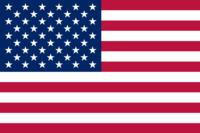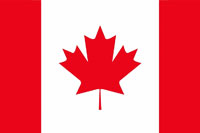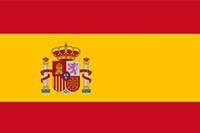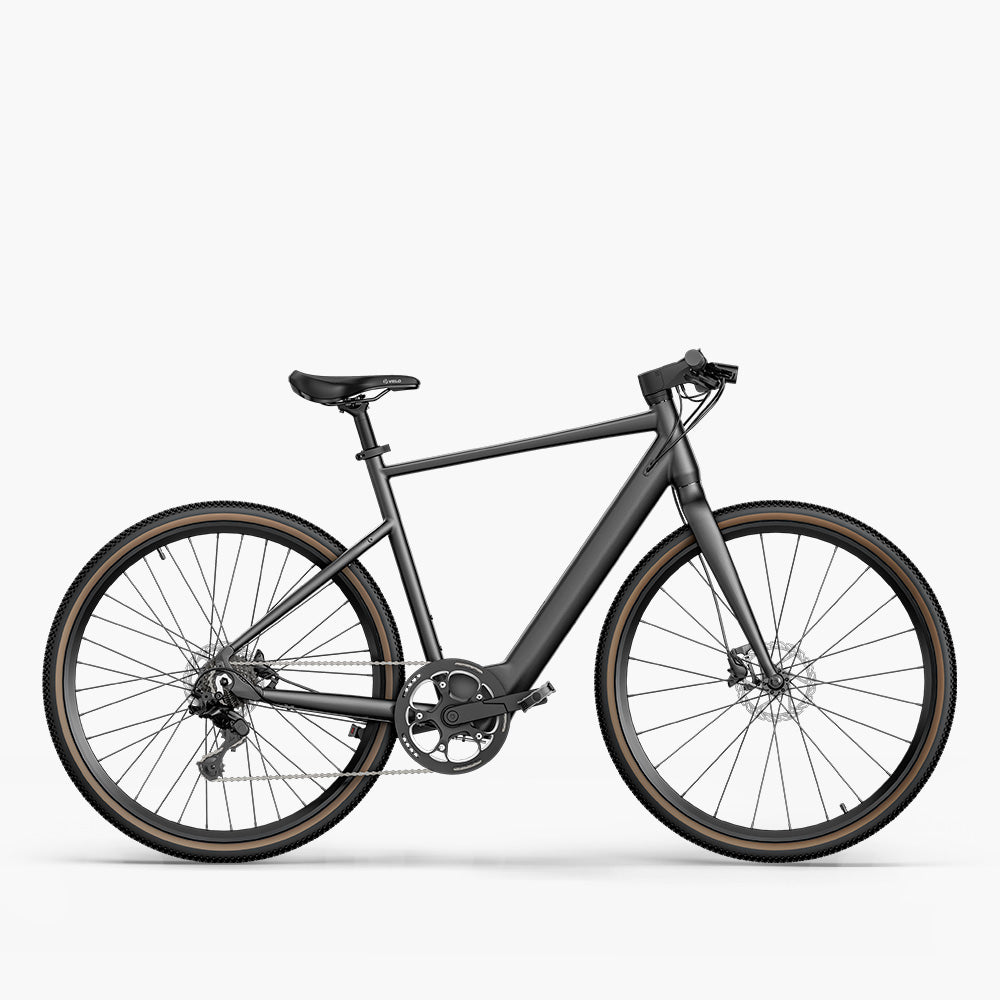However, for cyclists and motorists to coexist safely on the road, it certainly is crucial to understand the various bicycle street signs and what they mean. These aren't just random symbols. Each has its essential role to play. To get a better grip on what each bicycle street sign means… keep reading!

Bicycle Lane Classifications
Bike lane classifications indicate the type and level of protection they offer you (as a cyclist). In the U.S., these classifications are divided into four categories -
- Class I (Bike Paths): These are dedicated paths separated from motorized traffic. They offer cyclists a safer environment and opportunities that the road system doesn't provide.
- Class II (Bike Lanes): These are painted lanes on the side of the road. As a cyclist, you will share the road with motor vehicles here but have a clearly marked area designated just for you folks.
- Class III (Bike Routes): These are commonly shared roadways. You won't see any dedicated lane for cyclists here, but you'll notice that signs are posted to indicate that cyclists commonly use the road.
- Class IV (Protected Bike Lanes): These are also known as "cycle tracks,". These lanes are physically separated from traffic by barriers, such as curbs or bollards, assuring you the highest level of safety on bustling streets.
Bike Lane Signs
Bike lane signs of different types signal the lane type or the restrictions you may face. Some of the standard bike lane markings and their meanings include -
-
Single Lines: It depicts a continuous white line marking the dedicated bike lane. Motor vehicles must only cross this line if making a turn or in situations where the lane merges.

- Dashed Lines: These lines indicate that vehicles may sometimes merge into the bike lane to make turns or access a driveway. In this scenario, cyclists should be cautious when entering these zones for safety, as cars may cross the lane.
- Designated Bike Lanes are clearly marked by symbols or signage areas indicating that the space is specifically reserved for cyclists. These lanes can also include additional signs to ensure motorists understand the explicit restrictions.
Sharrows (Shared Lanes)
Sharrows are the types of road marking that are usually used to indicate that the lane is shared by cyclists and motor vehicles. The marking consists of a bicycle symbol with two chevrons (arrows) on top of it.If there are no dedicated bike lanes in your area, but cycling is encouraged, you might've seen sharrows for the task. Sharrows help avoid conflict, too, as they remind motorists to be cautious and share the road. Accordingly, cyclists, too, use the lane with the understanding that they might encounter cars.
Green Bike Lanes
Green bike lanes are primarily used in areas with high traffic volumes. You may see them, particularly at intersections or wherever vehicles are frequently merged. They are quite highly visible and signal both drivers and cyclists to be extra careful.Bicycle Boulevards
Bicycle boulevards are a term that refers to low-traffic streets designed primarily for cyclists. Its main purpose is to offer a safer, more comfortable riding experience. These streets are optimized for city bike traffic through signage, speed restrictions, and sometimes traffic-calming measures like speed bumps or roundabouts.Colored Bicycle Signs
- Green Signs are a common sight and are typically used for guidance or directional purposes, helping cyclists find the safest route.
- Yellow Signs are mostly seen in areas where cycling conditions may change. They indicate caution or warnings, such as a sharp curve or steep incline.
- Blue Signs are usually used for particular bike paths or lanes that connect essential parts of your city. Such as parks or transportation hubs. They can also signal designated bike-friendly areas.
Restriction of Bicycle Traffic Signs
- No Bicycles Allowed: This sign indicates areas where bicycles are prohibited, such as highways or pedestrian-only zones of your ride.
-
Time-Restricted Bicycle Access: In some cases, bicycles may be prohibited during certain hours, typically when motor vehicle traffic is at its peak.

Bicycle Hand Signals
- Left Turn: Extend your left arm to signal a left turn.
- Right Turn: Extend your left arm upward (or your right arm straight out) to indicate a right turn.
- Stop: Extend your left arm downward with your palm open to signal a stop.
Shoulders & Rumble Strips
Cyclists often ride on road shoulders when no bike lanes are available. However, rumble strips, grooves in the pavement designed to alert motorists who drift off the road, can be hazardous for cyclists. When cycling on shoulders, it's important to be aware of rumble strips and navigate around them to avoid losing control.Bike Box
A bike box is a painted area at the front of a traffic lane at intersections, specifically for cyclists. It provides a safe and visible space where cyclists can wait at a red light ahead of motor vehicles. This placement enhances visibility, helping prevent accidents, particularly when cars turn right.Roundabouts
Navigating roundabouts can be tricky for cyclists. When approaching a roundabout, cyclists have two options:- As a Pedestrian: Dismount and walk the bike using the crosswalks.
- As a Vehicle: Enter the roundabout like a motor vehicle, signaling your turns and staying alert for merging traffic.
Bike Laws
Based on which region you are residing the bike laws may vary. But here are some general regulations that include -- Cyclists must follow the same traffic rules as motor vehicles, such as obeying traffic signals and yielding at pedestrian crossings.
- Helmets may be required depending on local laws, particularly for minors.
- Electric bikes, depending on their classification, may have different speed limits or be restricted in certain areas.
Last But Not The Least
Bicycle street signs are essential knowledge that increases the safety of both you as a cyclist and motorist. By understanding the different types of bike lanes, signs, and traffic rules, we can all contribute to a safer road environment.Cyclists and drivers alike should remain alert and respectful of each other, helping make streets more navigable and secure for everyone. Following these signs and staying informed can make your every ride not only more enjoyable but also safer at the same time.
Recommended Fiido Medels
If you're looking to buy an electric bike, consider Fiido electric bikes, which offer a wide range to choose from!The Fiido C21 electric bike is a lightweight, stylish e-bike that is perfect for urban commuting. It is equipped with an intelligent electric power-assist system to provide a smooth riding experience and has a long range to meet the needs of daily traveling.
Fiido E-Gravel C21 Electric Bike
$999.00 $1,799.00
Urban communter electric bike with torque sensor, only 38.58 lbs.
The Fiido C22 electric bike focuses on comfort and maneuverability for longer rides. With its solid frame design and powerful power assist system, you can easily cope with all kinds of road conditions in the city and enjoy a comfortable and smooth riding experience.
Fiido E-Gravel C22 Electric Bike
$999.00 $1,799.00
Urban communter electric bike with torque sensor, only 38.5 lbs.















